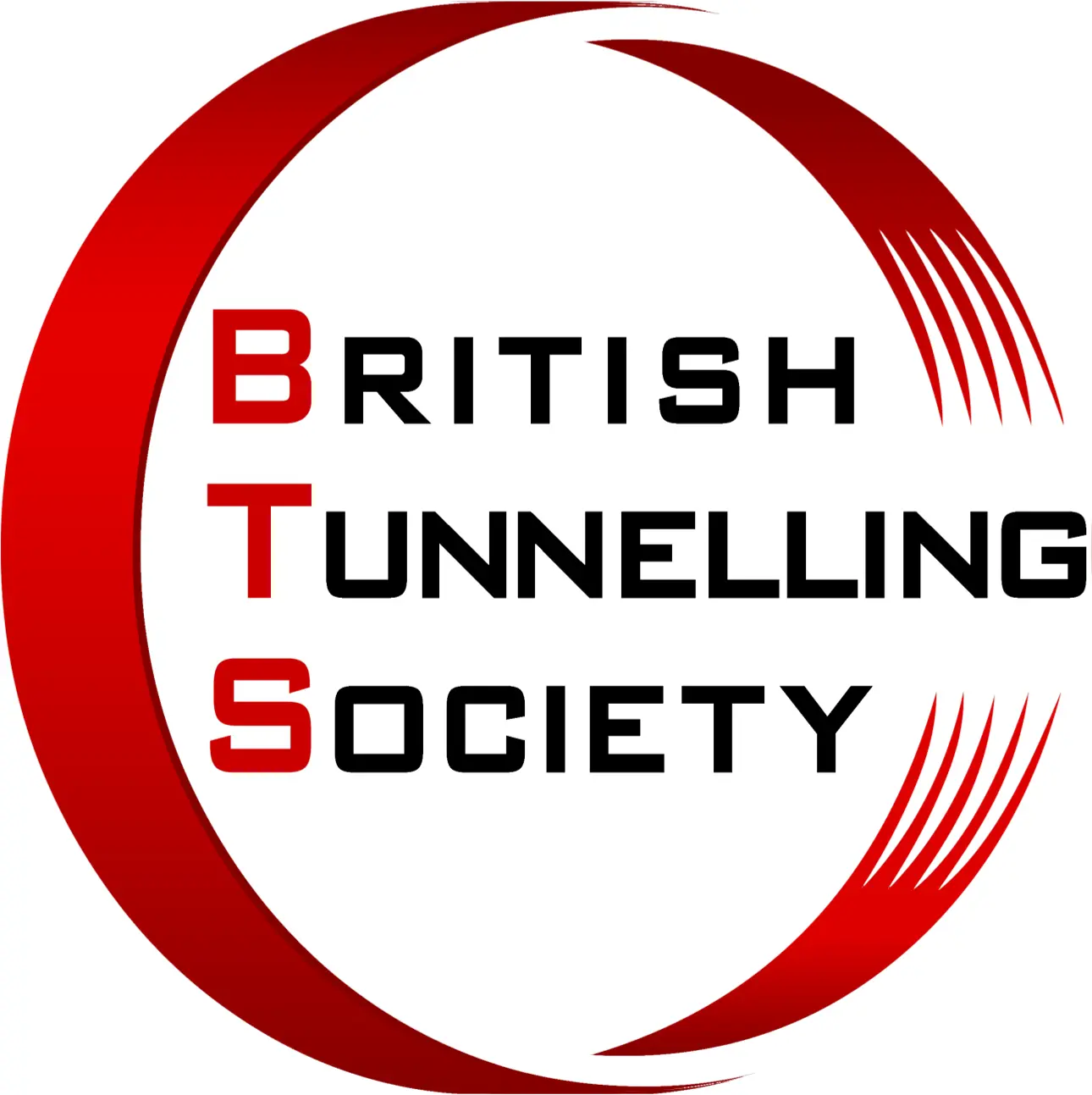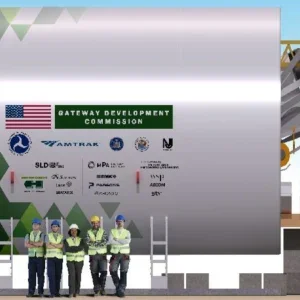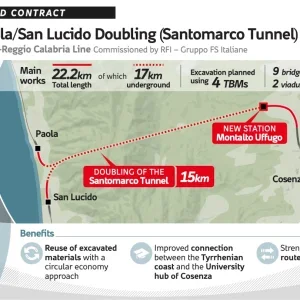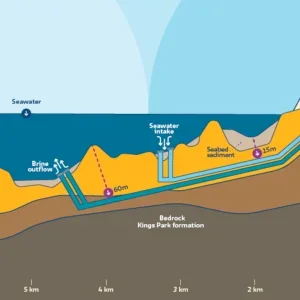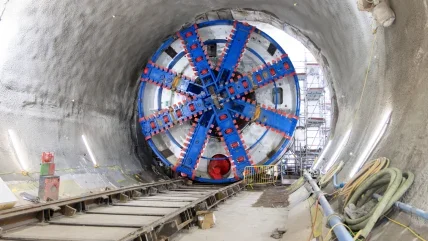
Under the title HS2 tunnelling – a client’s perspective, head of ground engineering Martyn Noak and lead tunnel engineers Mark Lemmon and Dan Bimson will describe tunnelling works and challenges to date, discuss overcoming unique geological issues, reflect on preliminary TBM performance figures and look at future tunnelling drives.
HS2’s 225km route includes 43km of twin bore tunnel and more than 6.5km of cut and cover tunnel, comprising 19% of the route. Tunnelling is approaching 75% completion.
The lecture will be held at 18:00 (GMT+ 1) on October 16 at the Institution of Civil Engineers, George Street, London SW1P 3AA.
Martyn Noak started his tunnelling career in 1996 on the Jubilee Line extension where he learned the traditional art of square works and low-mechanised shield-driven tunnelling in London clay.
Working for WS Atkins Rail he designed the pedestrian subway to Gunwharf Quays in Portsmouth. Later at Halcrow he was part of the Rail Link Engineering consortium on the Channel Tunnel Rail Link at Stratford. Here he designed the Barrington Road ventilation shaft and tunnel opening sets and vent adits along the London Tunnels route.
He rejoined Halcow in 2004 and became head of discipline for tunnels in 2017. He has worked on the DLR extension to Woolwich, the TWAO design for the Northern Line Extension to Battersea, the tender design for Stonehenge (twice in 2005 and 2020) and was the designer’s project manager for the upgrade of the LUL station at Tottenham Court Road Station Upgrade from 2012 to 2020.
He joined HS2 in 2021.
Mark Lemmon started out as a geologist working in the offshore sector. After completing a Soil Mechanics Masters course at Imperial College he worked at Stent Foundations as a design engineer, and then joined Halcrow as a geotechnical engineer.
He worked on Crossrail and Thames Tideway before joining HS2, initially as a project manager during the hybrid bill, ground investigation and early contractor involvement phases. In 2022 he became lead tunnel engineer, specialising in instrumentation and monitoring; asset protection; ground movement; geology and GBR contractual management.
He hopes to leave a legacy from the vast HS2 ground movement dataset with his initiative for a National Tunnelling Data Hub, which his team is working on with City-St George’s University.
Daniel Bimson has been a lead tunnel engineer at HS2 since 2022.
He began his career as a civil engineer on the Transport for London graduate training scheme, and later joined the London Underground Deep Tube Tunnel engineering team. He worked on the Bond Street Station Upgrade, as a client representative as well as being seconded to the contractor’s engineering and delivery teams.
He then moved to the Northern Line Extension, delivering the step plate junction works at Kennington Park and Kennington Green, tying the new extension into the old Kennington loop tunnel, while maintaining operational railway services outside of a 10-day blockade over Christmas 2017.

